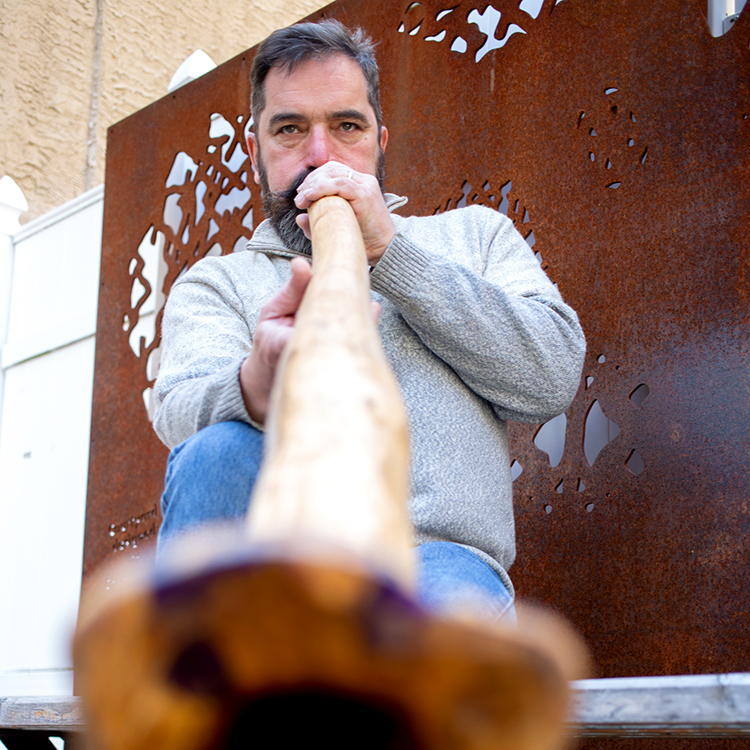Photo: Albert Yee
by Claire Marie Porter
(full story can be found here)
Ryan Hyde makes guitars and basses from scratch at NextFab. Over the course of six months, blocks of raw wood become customized, high-quality instruments. He is a luthier, a word derived from the French word “luth,” meaning lyre, that has evolved to describe someone who builds stringed instruments comprised of a neck and sound box.
“What you can make by hand can transcend what you can get in a store,” says Hyde.
Hyde has been playing music since high school.
“Being a player helps inform what I do,” he says. It also allows him to understand what someone is looking for when they come to him with a request.
And he has always been a maker.
“As soon as I got into instruments and making music, I also got into taking things apart and seeing how I could make them better,” he says.
Fifteen years ago, when his friends were picking colleges, Hyde was looking for places he could make his own instruments. In order to get an apprenticeship with an instrument-maker, you have to be a decent woodworker, he says.
His guitar-making pursuits lead him to study industrial design at the University of the Arts, and while enrolled, he took a tour of NextFab and knew it would be the best way to afford his endeavors. Now, he has a day job at NextFab in member services, and works on his craft at night.
“I always gravitated towards the craftsmanship that went into a customized instrument,” Hyde says.
The process to make a guitar or bass requires a few select woods, usually mahogany, walnut, maple or poplar.
“I like to use poplar,” says Hyde. “It’s easy to paint, it doesn’t weigh a lot and it has good characteristics.”
The neck and body start out as blocks of wood from a lumber mill. The body is simple: a slab with some pockets, routed out for the pickups and electronics, with holes drilled in the neck for a bridge.
All of Hyde’s guitars end up being unique.
“You could get into ergonomics,” he says, “but in general, it’s a block of wood cut into a cool shape that you like.”








